On July 22, 2025, the “Shared Heritage of China, Shared Voice Across the World — Global Chinese-Language Media Alliance China Tour: Entering Tibet” delegation embarked on an afternoon visit to the Tibet Museum and Tibet Radio and Television Station, engaging in a profound cultural and media experience that bridged ancient civilizations and modern communication.
From silent relics to pulsating sound waves, these media professionals used pens as bridges and lenses as messengers to explore the cultural roots and communicative power of Tibet, woven into the highland’s earth and airwaves.

Tibet Museum: Immersing in History, Touching the Traces of a Pluralistic Civilization
Located in the southern suburbs of Lhasa, the Tibet Museum is the first modern, comprehensive museum in the Tibet Autonomous Region. Since its opening in 1999, it has become a core window for showcasing Tibetan history and culture and a vital platform for external cultural exchange.
Upon entering the museum, visitors are greeted by golden Tibetan-style eaves adorning the roof, symbolizing the dignity and confidence of national culture.
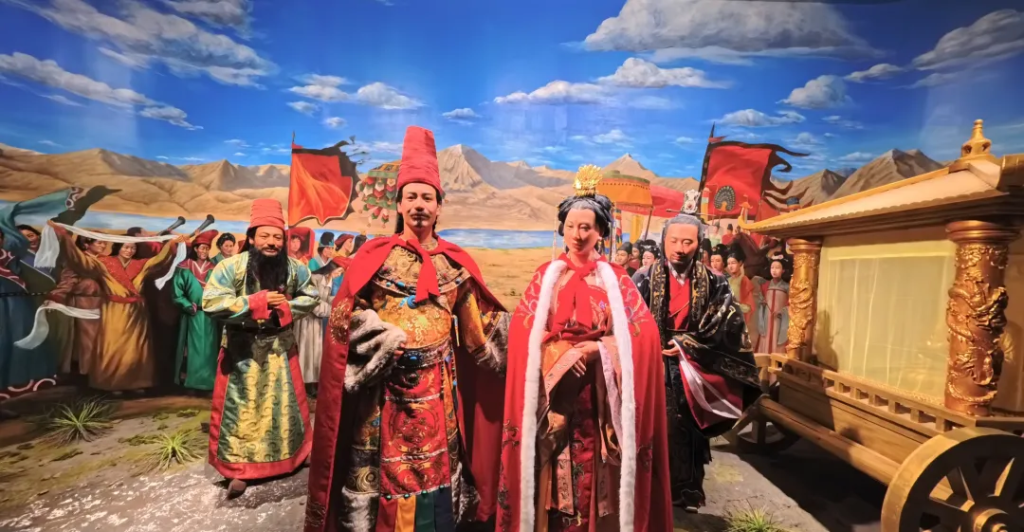
With the guidance of a museum docent, the delegation explored permanent exhibitions including Prehistoric Tibet, Tubo Dynasty, Local Regimes, Red Era, Reform and Opening-Up, and Folk Culture, gaining a systematic understanding of Tibet’s civilizational journey—from primitive society and Tubo glory to the social transformations of modern times.
Each artifact, though silent, speaks volumes. A Bodhisattva thangka, an iron sword from the Tubo period, an imperial edict from the Qing dynasty, a pair of military-civilian unity medals from the 1950s—these are not only tangible witnesses to Tibetan history, but also vivid annotations of the unity-in-diversity structure of Chinese civilization.

The docent explained that the museum houses over 50,000 artifacts, including nearly a thousand classified as national first-class cultural relics. These span stone tools, metalwork, woodcrafts, porcelain, scriptures, and garments—tracing Tibet’s ancient exchanges with the Central Plains, South Asia, and Eurasia.
Many overseas media representatives paused to carefully observe the exhibits, taking notes and photos. They expressed high praise for the professionalism and international presentation of the museum’s guided tours.
“This is not just a cultural palace of Tibet — it’s like a three-dimensional map of civilization. It allows us to truly understand how the grand narrative of the ‘Chinese national community’ is embodied on the snowy plateau,” remarked a media professional from the South Pacific with emotion.
Tibet Radio and Television Station: Broadcasting China’s Voice from the Roof of the World
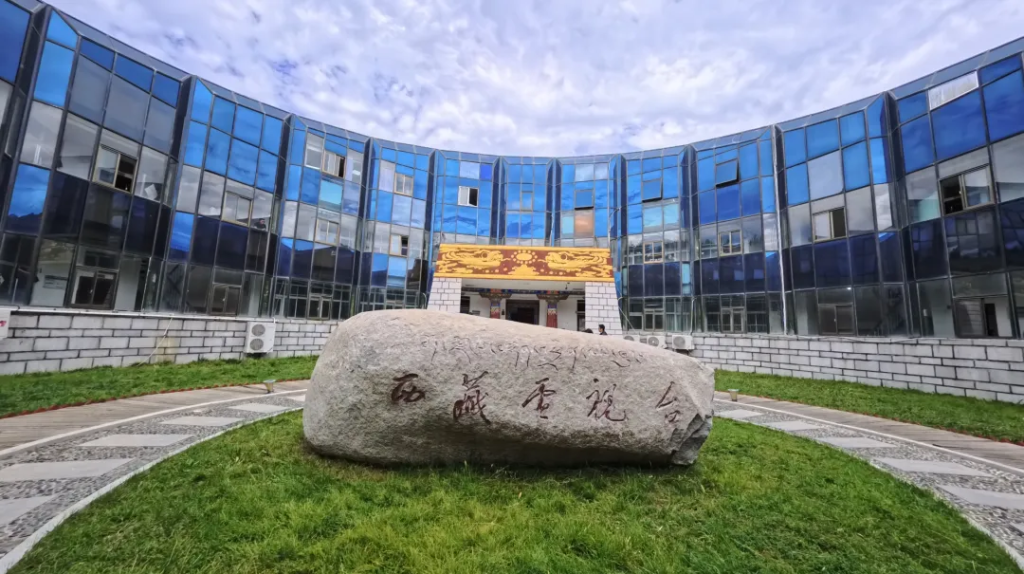
After this reflective journey through history, the delegation turned to Tibet’s forefront of modern communication — Tibet Radio and Television Station — experiencing another form of “plateau expression.”
As one of the most influential mainstream media institutions in the region, the station carries out broadcasting, television, new media, and international communication functions. It serves as a key platform for public discourse, covering both urban and rural Tibet and reaching across the South Asian region.
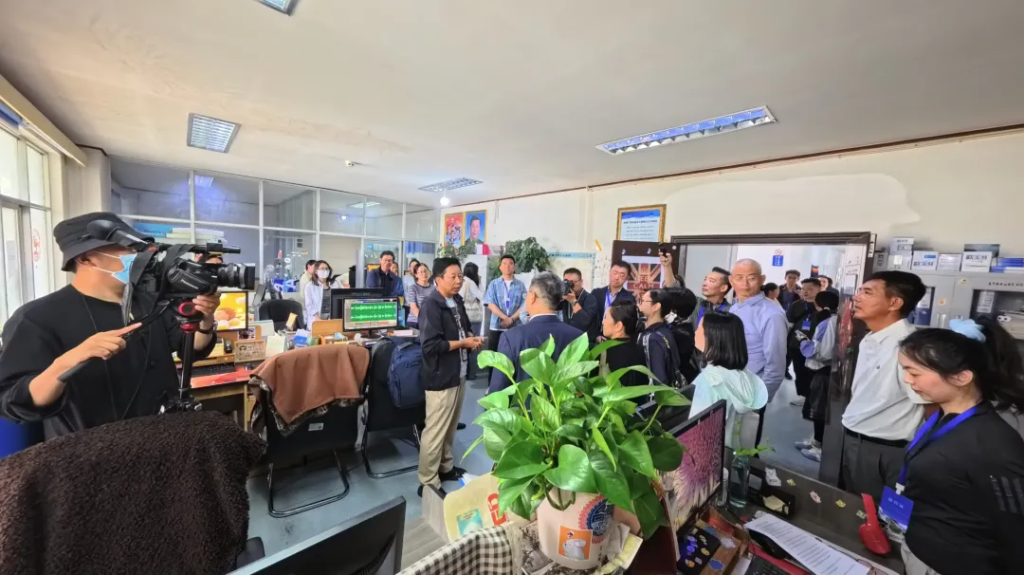
The delegation visited the news broadcasting studio, special feature recording rooms, integrated media production center, and the Tibetan-language editorial department. Staff members demonstrated the full production process—from topic planning and recording to audio-video editing, color grading, and multi-terminal distribution—leaving a deep impression on the guests regarding the station’s technological evolution from traditional broadcasting to intelligent integrated media.
“What you’re seeing is our Tibetan-language news broadcast, which airs daily at 7:30 p.m. and now reaches over 90% of villages across the autonomous region,” proudly explained the chief editor of the Tibetan-language channel. The station also takes on public service roles in support programs, language education, and scientific outreach, embodying the role of a “media bridge serving the people and delivering trust.”
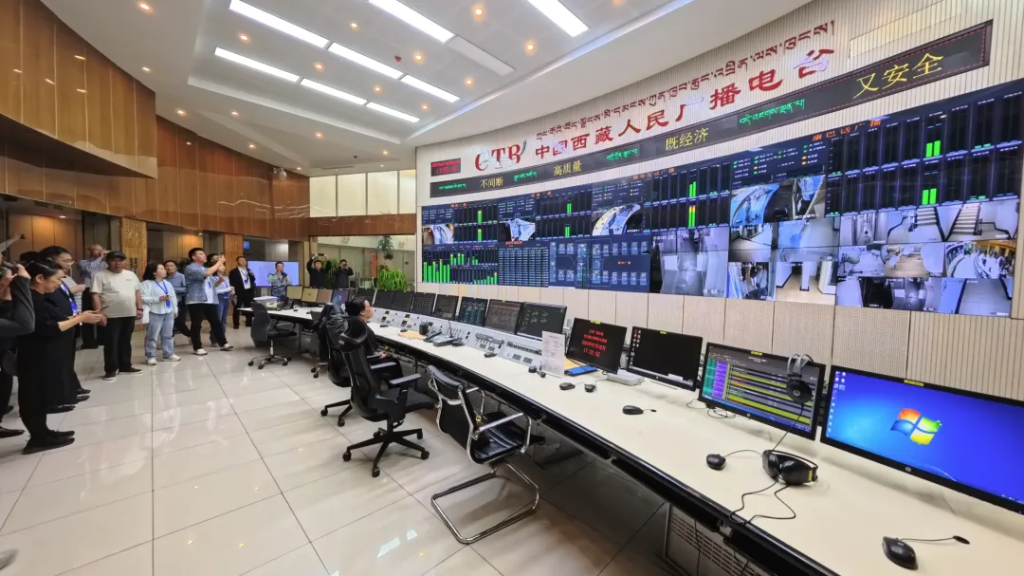
Notably, the station has been actively exploring international communication in recent years. Tibetan-language programs are published on overseas social platforms with multilingual subtitles. The station has launched international social media accounts and is working to create locally resonant and emotionally engaging content for global audiences.
During the exchange session, many overseas media representatives commended the station’s capabilities in content planning, language adaptation, and technological innovation. They expressed strong interest in future collaborations, including joint program production, talent training, and cross-platform cooperation.
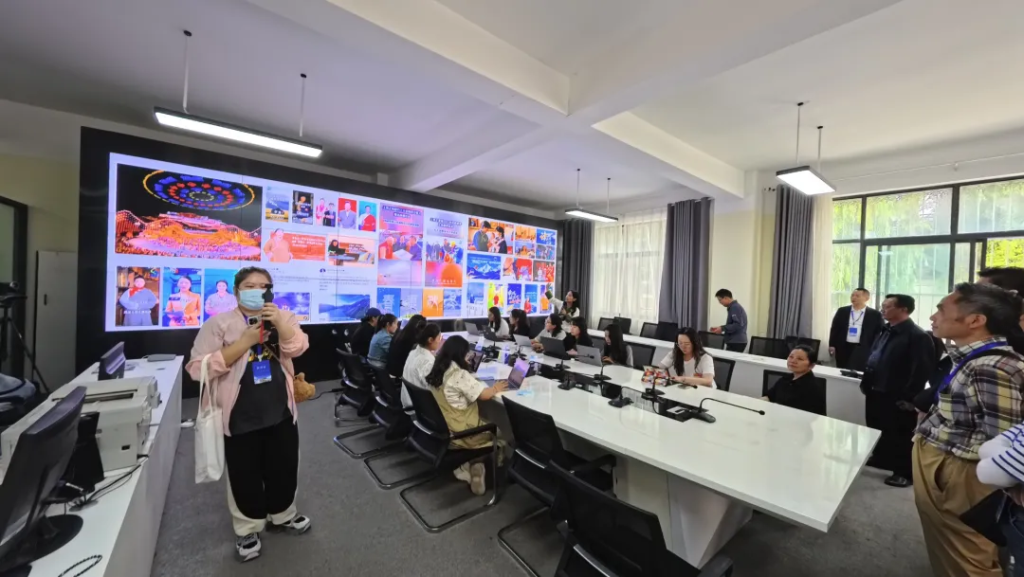
A Connection Across Millennia: A Highland Path of Cultural Communication
From the solemn and weighty atmosphere of the Tibet Museum to the dynamic energy of Tibet Radio and Television Station, the global Chinese-language media representatives gained a multidimensional understanding of both Tibet’s cultural heritage and its modern vitality—building a bridge for intercultural communication.
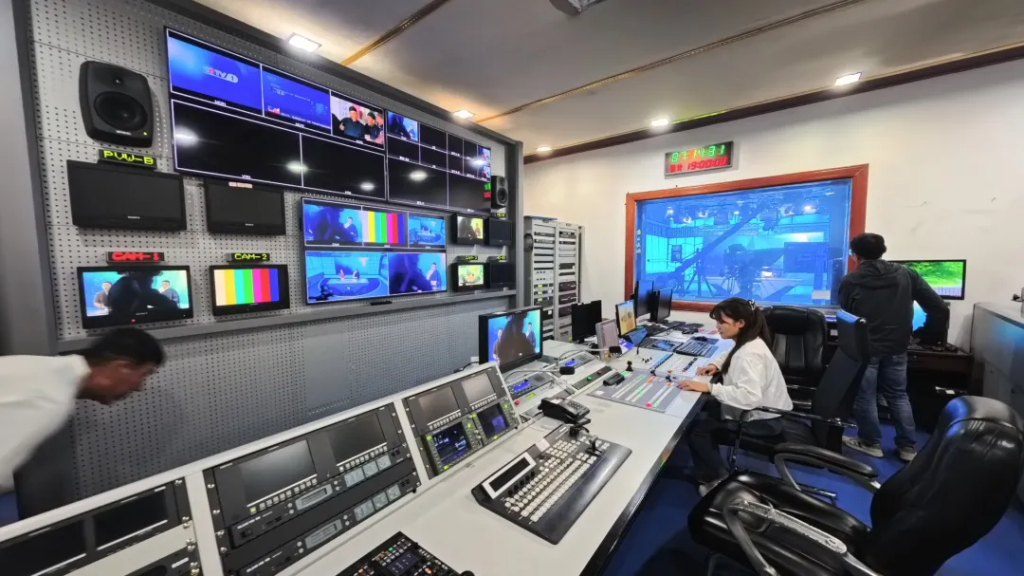
Under the theme of “Shared Heritage of China, Shared Voice Across the World,” this cultural dialogue on the roof of the world continues to expand its scope, gathering more voices and strength to tell the story of Tibet — and China — to the world.

